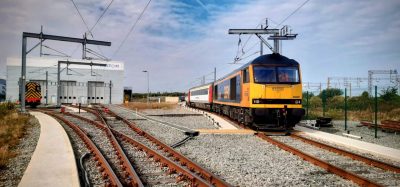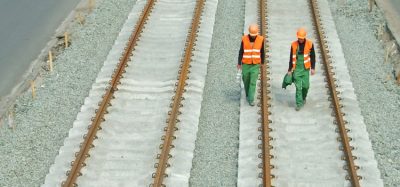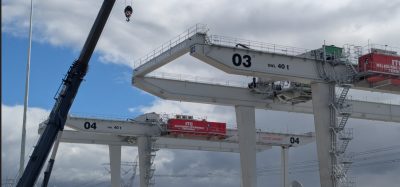Rail freight – a bright future
Posted: 15 May 2009 | | No comments yet
Lord Tony Berkeley, Chairman of Rail Freight Group, explains why rail freight in the United Kingdom has such a bright future.
Lord Tony Berkeley, Chairman of Rail Freight Group, explains why rail freight in the United Kingdom has such a bright future.
2009 is the start of the next five year ‘Control Period’ for which the Office of Rail Regulation has set Network Rail operational and financial targets. It provides the opportunity to influence and comment on plans, efficiencies and general service quality relating to freight, and to any changes to passenger demands that might affect freight as well.
In April, Network Rail published its Business Plan and in particular the commitment to deliver a number of significant freight schemes.
Alongside the schemes already underway, including gauge clearance from Southampton, Network Rail will spend approximately £220 million on schemes to develop the Strategic Freight Network. Such projects include gauge clearing diversionary routes and infill sections, including the East Coast Main Line and the first stage of capacity works on the Felixstowe to Nuneaton corridor. Funds have also been allocated to enable longer trains to operate on key routes.
Network Rail is also committed to a 20% reduction in freight delay minutes, per 100 train km, over the five year period, which should deliver significant reliability benefits to freight operators and customers. A programme of work is commencing to open up the rail network on a seven day basis, with candidate schemes including Sunday afternoon services from Port of Felixstowe and 6.5 day opening on the South Humberside freight routes.
This is a welcome start to the new five year control period for which the DfT and ORR have provided much welcomed funding for these enhancements. We will now work with Network Rail and the industry to ensure that these and other enhancements are delivered in a timely and cost-effective manner with the minimum of disruption to train operations.
There are other issues that potentially affect rail freight; in the short term we continue to negotiate with HS1, the company now operating the high-speed line infrastructure from London to the Channel Tunnel, on the charges and availability of capacity for freight. This has been a long term campaign to ensure that freight can use it, particularly at night. This would enable continental gauge trains to reach Barking/Dagenham since the ‘classic’ lines connecting London and the Tunnel are not cleared to the W10 gauge necessary to carry 9′ 6″ boxes on standard wagons.
Companies planning cross-Channel services now have the opportunity to use two operators through the Channel – DB Schenker and Europorte 2 – a subsidiary of Eurotunnel, which has recently started its first services through the Tunnel.
There have been a number of new services, including the Stobart and Tesco daily train from the Central Belt of Scotland to Inverness, and the Russell Group and DRS carrying bulk sugar products for Tate & Lyle between east London and Scotland.
Rail freight can also help major projects provide more environmentally friendly transport for construction supplies. Projects such as Heathrow Terminal 5, the Channel Tunnel Rail Link and the Channel Tunnel itself, organised their supply chains so that many of the materials needed were delivered to consolidation centres from which daily trains took them by rail to the site.
RFG is lobbying hard for this process to be used for the Stratford Olympic site and for Crossrail construction, both large projects in London. For the Olympics, it is calculated that 800,000 lorry movements could be saved by using this system, coupled with direct deliver and collection of bulks such as aggregates and spoil.
The same should be used for Crossrail, where current plans are for 200 trucks a day to remove spoil from central London station sites. What is necessary on both projects, and other similar ones, is for the client to specify that materials should be delivered either direct to a rail terminal or via a rail connected consolidation centre unless there is good reason for particular supplies to come by road. Industry experience is that costs are saved at the same time as reducing road traffic and carbon emission.
The present recession is challenging for rail freight as for its customers and suppliers but we are confident that, when the economy improves, rail freight, with its good service quality and emissions, one fifth of road freight (in tonne km) has a bright future.
OUT NOW: The Definitive Guide to Rail’s Digital Future
The rail industry is undergoing a digital revolution, and you need to be ready. We have released our latest market report, “Track Insight: Digitalisation.”
This is not just another report; it’s your comprehensive guide to understanding and leveraging the profound technological shifts reshaping our industry. We move beyond the buzzwords to show you the tangible realities of AI, IoT, and advanced data analytics in rail.
Discover how to:
- Optimise operations and maintenance with real-time insights.
- Enhance passenger services through seamless, high-speed connectivity.
- Leverage technologies like LEO satellites to improve safety and efficiency.
Featuring expert analysis from leaders at Nomad Digital, Lucchini RS, Bentley Systems and more, this is a must-read for any rail professional.







